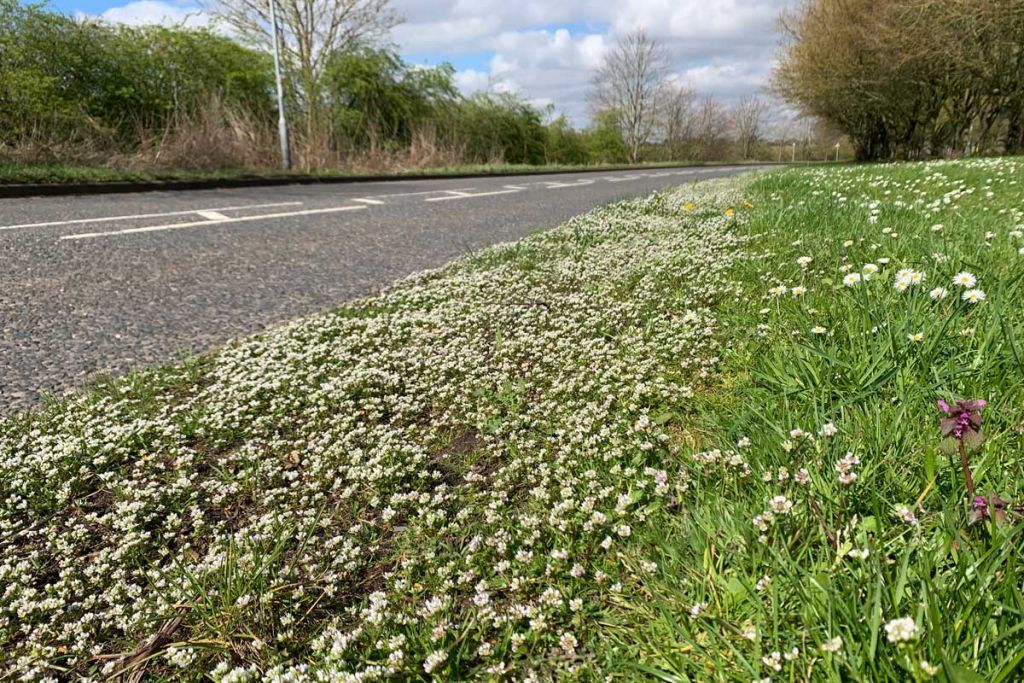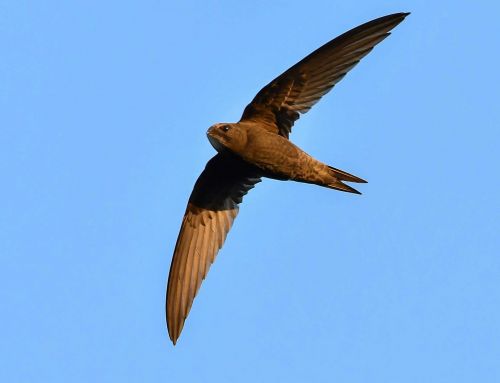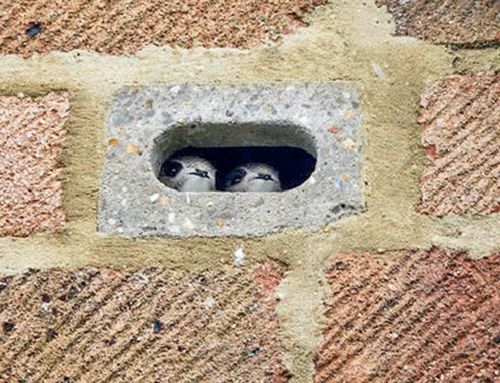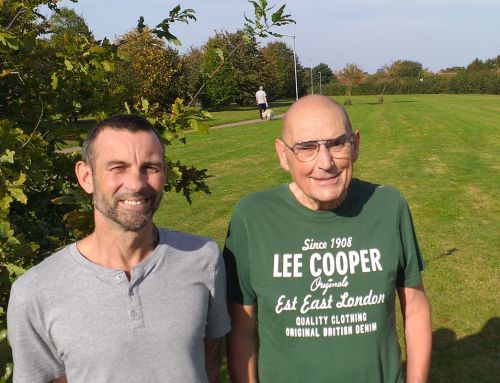Wild flowers will be encouraged to grow along some roadside verges around Aylsham this spring and summer.
The Town Council has agreed to a proposal put forward by the Nature sub-group of ACE to carry out a trial in a few areas on the verge along Henry Page Road:
- Two small areas will be left uncut until July (one opposite the new community orchard and another on the bank).
- In addition, another bit of the verge opposite the orchard site will be only cut to a length of 4-6 inches (10-15cm).
- In all the areas, plant surveys will be carried out during the year, and again in future years, to see what plants are there already, and whether the new cutting regime helps to improve biodiversity.
If the project goes well, more verges in the town will adopt the new cutting regime.

The view of Henry Page Road taken in April 2024, site of the trial (opposite the orchard site).
Ensuring safety will be paramount, cutting around junctions will be carried out and a narrow sward of grass will be cut adjacent to the road.
It will take a few growing seasons before the verges look like a meadow, but that is the plan in the years to come.
Many councils across the country have changed their cutting regimes to allow more plants to thrive and have seen the number and type of plants and animals increase.
The loss of biodiversity has been accelerating for many years. This decline is mainly due to human activities, such as change in land use, pollution and climate change. It is estimated that one million species will become extinct in the next few decades.
According to CPRE, the Countryside Charity: “Biodiversity and climate are inseparable, and combined, present the greatest threat our countryside has ever faced. Restoring nature is our primary defence against climate breakdown.”
Why cut at all?
Cutting once a year is vital as the verges would quickly lose their floral interest as coarser vegetation starts to become more dominant and over time the verges would become scrub and woodland.
During the trial the long grass area will be cut in July, and the cuttings will be removed (anyone who wants some mulch would be very welcome to help themselves.)
Why are road verges important?
- Roadside verges have the potential to connect fragmented areas of habitat by forming corridors and local refuges for wildlife.
- The charity Plantlife has estimated that if cutting all road verges in Britain was reduced from four times a year to twice a year, it would save more than 30,000 tons of CO2 emissions.
- Cutting just once or twice a year, and especially not between April and late July, allows native wildflowers and grasses to bloom and set seed. Insects such as butterflies and bees are helped, which in turn benefit the birds that feed on them.
- Road verges cover about 1.2 per cent of land in Great Britain.
- It has been estimated that one mile of wildflower-rich verge can produce 20kg of nectar per year, enough to feed millions of pollinating insects. (Norfolk Wildlife Trust).
- Every third mouthful we eat depends on a pollinator somewhere in the food chain.
- Pollinating insects have fallen by 75 per cent in the last 50 years and are now reaching critical levels.






